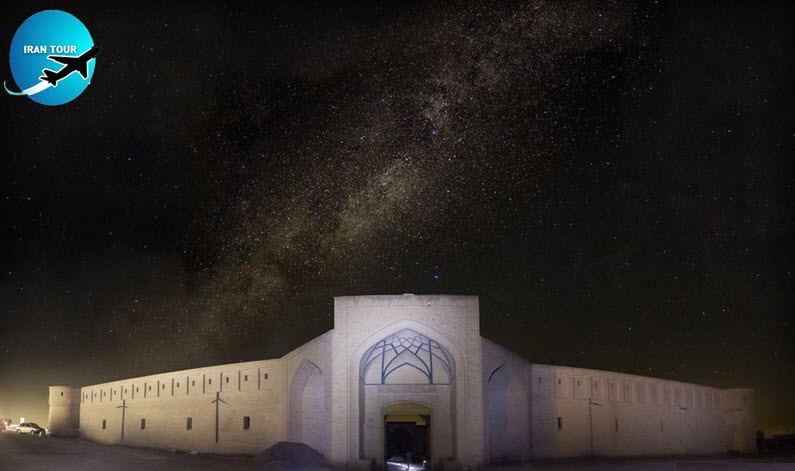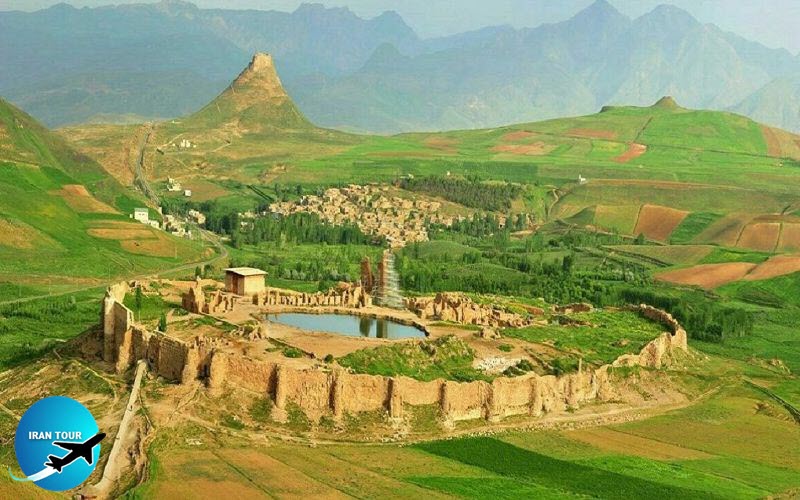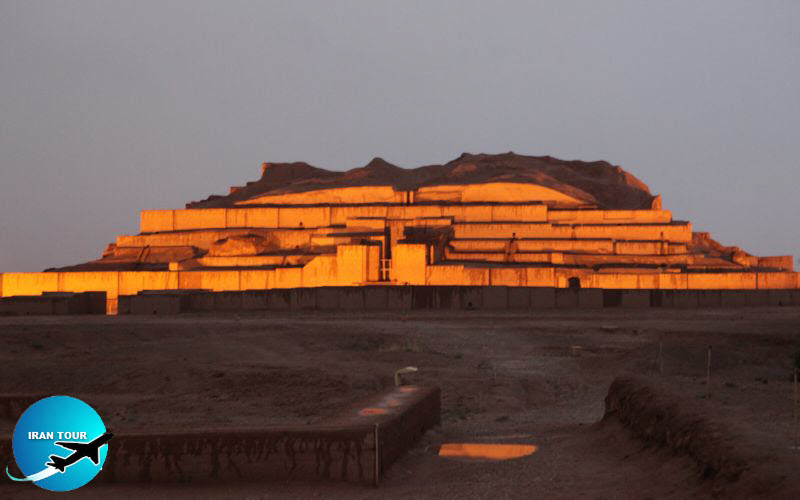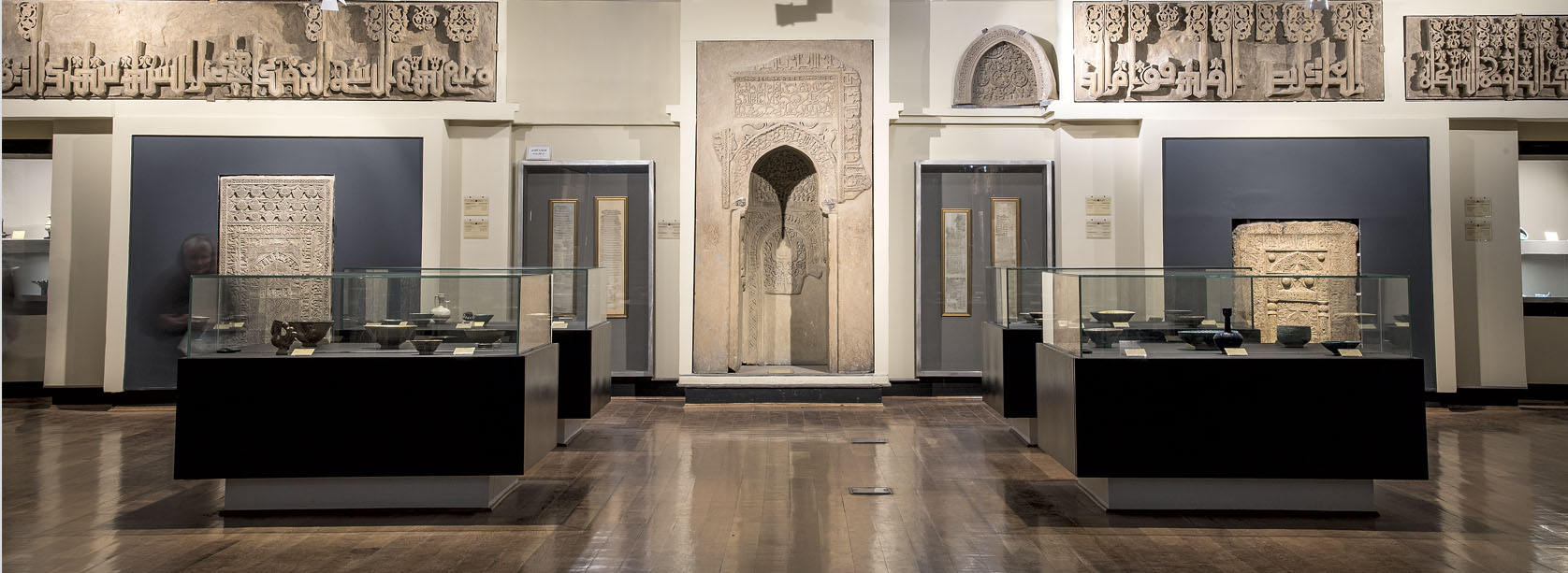Copyright 2020 - 2021 irantour.tours all right reserved
Designed by Behsazanhost
Maranjab Caravanserai, Host for Lovers of History and Nature
Maranjab Caravanserai with more than 300 years old of history, near Namak Lake (Salt Lake)and at the heart of a desert with the same name has been a safe shelter for travelers from the distant past. Its fresh drinkable water, one of the uncovered miracles of this castle, has been called a shop for passing caravans in this desert. This caravanserai is located on the Silk Road. Nowadays, Maranjab Caravanserai is a host for lovers of history and nature and every year many domestic and foreign tourists to this area to tour the Maranjab Desert inside an undefinable tranquil silence.
- Details
- Category: What to see in IRAN
Takht-e Soleyman, A universal heritage
The archaeological site of Takht-e Soleyman, in north-western Iran, Is situated in a valley set in a volcanic mountain region. The site includes the principal Zoroastrian sanctuary partly rebuilt in the Ilkhanid (Mongol) period (13th century) as well as a temple of the Sasanian period (6th and 7th centuries) dedicated to Anahita. The site has important symbolic significance. The designs of the fire temple, the palace, and the general layout have strongly influenced the development of Islamic architecture.
- Details
- Category: What to see in IRAN
Tchogha Zanbil, An Ancient Grandeur
The ruins of the holy city of the Kingdom of Elam, surrounded by three huge concentric walls, are found at Tchogha Zanbil which is listed as a UNESCO World Heritage Site. Founded c. 1250 B.C., the city remained unfinished after it was invaded by Ashurbanipal, as shown by the thousands of unused bricks left at the site. Outstanding Universal Value Located in ancient Flam (today Khuzestan province in southwest Iran), Tchogha Zanbil (Dur-Untash, or the City of Untash, in Elamite) was founded by the Elamite king Untash-Napirisha (1275-1240 BCE) as the religious center of Elam.
- Details
- Category: What to see in IRAN
A Tour Throughout Reza Abbassi Museum
Among the rush and bustle of Shariati street of Tehran near Seyed Khandan street, just by a distance of a wall, borders of time are broken and a treasure of Iranian civilization, Reza Abbasi Museum, attracts every passerby. In this article, in addition to introducing the Reza Abbasi Museum, some important points about the manners and formalities of Visitors visiting museums are explained. Introducing Reza Abbasi: Reza Abbasi (15651635AD) was the most famous painter during the reign of Shah Abbas Safavi.
- Details
- Category: What to see in IRAN
A Journey through the National Museum of Iran-Tehran
Iran has a fairly long history of human occupation, extending well over one million years. Not all of this long span, however, is considered 'history' in the strictest sense, i.e., recorded by the documentary - written - evidence. In fact, writing is a fairly recent innovation in human history, emerging some 5,000 years ago as a result of major developments in human societies.
- Details
- Category: What to see in IRAN




